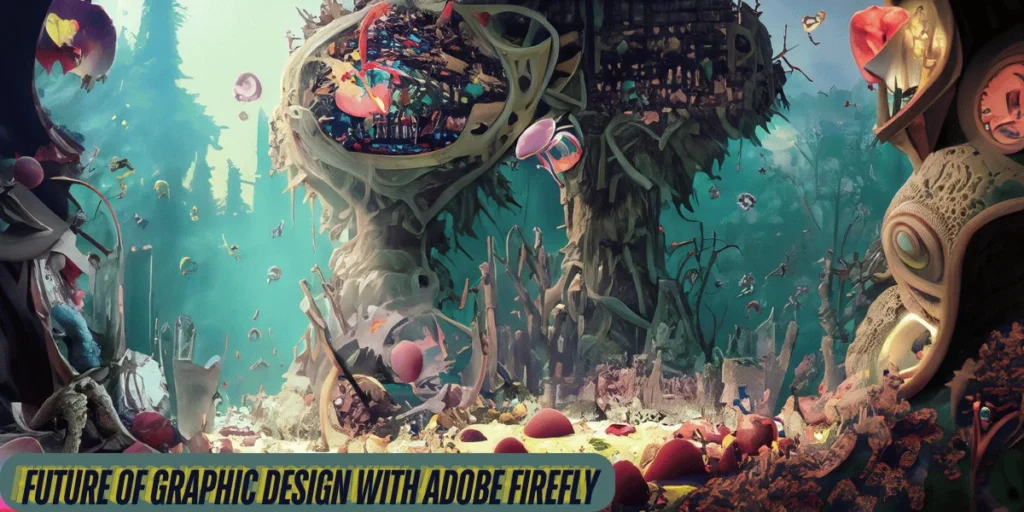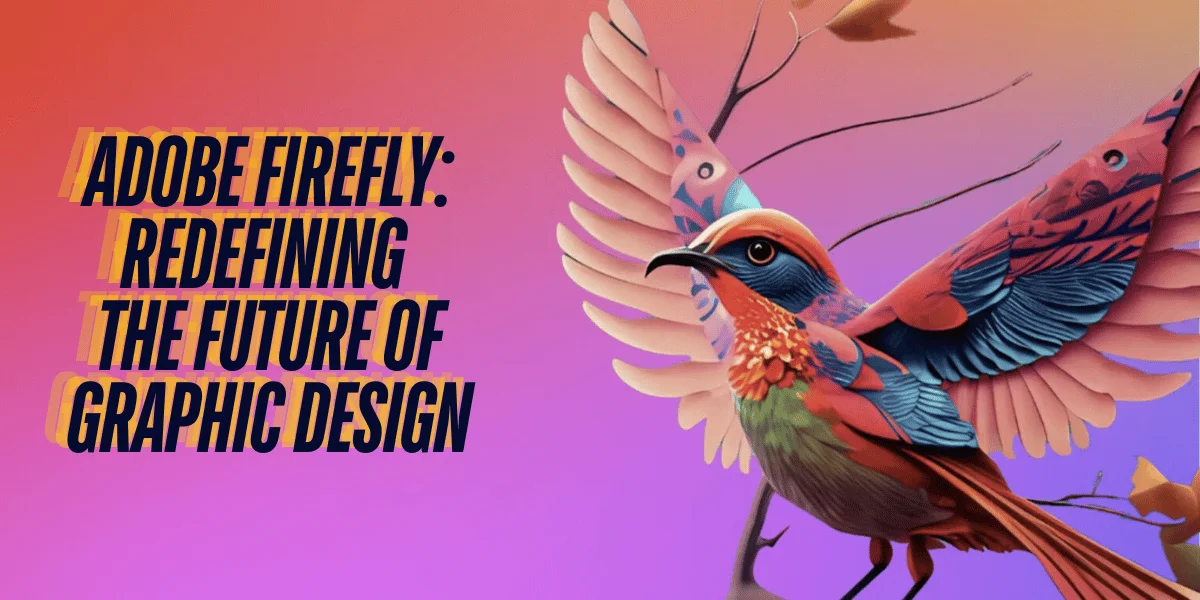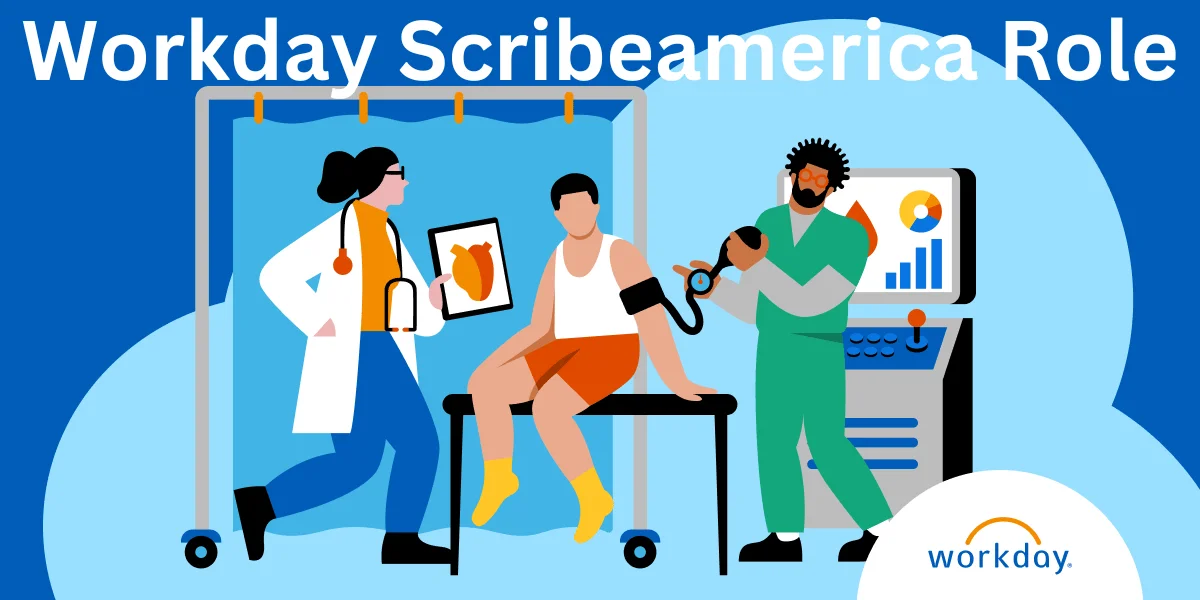Adobe has long been a dominant force in the world of digital creativity, offering tools that are vital for designers, photographers, and artists alike. With the introduction of AdobeFirefly, Adobe has once again positioned itself at the forefront of innovation. This comprehensive article explores how Adobe Firefly is revolutionizing graphic design, the key features that set it apart, and its impact on the future of digital creativity.
What is Adobe Firefly?
Adobe Firefly is a powerful suite of tools that expands the possibilities of what designers can achieve in the digital realm. It’s not just another graphic design software but an advanced creative engine that pushes the boundaries of how digital art is created and consumed. Adobe Firefly integrates artificial intelligence (AI), machine learning (ML), and cutting-edge graphic design techniques to enhance both the creative process and the final output.
In essence, Adobe Firefly is designed to assist designers in streamlining their workflow, offering real-time adjustments, automated processes, and innovative features that make complex tasks more accessible. Whether you’re a seasoned professional or a beginner just starting, AdobeFirefly provides a platform where your creativity can truly soar.
Also raed: Filmy Fly | Ed Sheeran Details The Lovestruck | Tamil Yogi Com | Remaker
The Core Features of Adobe Firefly
Adobe Firefly brings a range of revolutionary features that have set it apart from its predecessors and competing tools in the market. Let’s explore these core features that redefine the future of graphic design.
1. AI-Enhanced Design Tools
At the heart of Adobe Firefly is its AI-enhanced design tools, which allow for more fluid and intuitive design processes. This integration of AI means that repetitive tasks like resizing, image retouching, and color adjustments can be automated, freeing up designers to focus on more creative aspects of their projects.
For instance, the AI can learn your preferred design styles and suggest elements that match your aesthetic, making the creative process quicker and more streamlined. The AI also helps in generating multiple variations of a design, giving you more creative options without increasing workload.
2. Real-Time Collaboration
One of the standout features of Adobe Firefly is its real-time collaboration capabilities. Multiple users can work on the same project simultaneously, offering live updates and edits. This is particularly beneficial for large teams or collaborative projects where feedback is crucial for the creative process.
By integrating with Adobe’s Creative Cloud, designers can access, edit, and save their work seamlessly, making Adobe Firefly the ideal tool for remote work or multi-team projects.
3. Advanced Typography Tools
Typography has always been a cornerstone of graphic design, and AdobeFirefly takes it to new heights. Its advanced typography tools allow designers to manipulate text in ways previously unthinkable. The software offers customizable fonts, interactive text effects, and real-time kerning and spacing adjustments, all of which help create visually striking and readable text elements.
Furthermore, Adobe Firefly includes a vast library of font choices and customization options, ensuring that your typography aligns perfectly with your design’s tone and style.
4. Interactive Design Prototyping
Prototyping is an essential step in the design process, especially for UI/UX designers. Adobe Firefly offers interactive design prototyping tools that allow designers to test and refine their work before it goes live. Whether it’s for websites, apps, or digital media, you can simulate user interactions to ensure the design is functional and intuitive.
These interactive prototypes can be shared with clients or team members for feedback, which speeds up the decision-making process and improves overall project efficiency.
5. Augmented Reality (AR) and 3D Design Capabilities
In a digital age where immersive experiences are becoming more prevalent, Adobe Firefly provides designers with tools to create in augmented reality (AR) and 3D environments. This expands the possibilities for industries like gaming, virtual environments, and interactive media.
With its easy-to-use interface, lowers the barrier to entry for 3D design and AR, making these cutting-edge technologies accessible to more designers, even those with limited experience in these areas.
Also read: Navigating MyACI Albertsons | Beehiiv
How Adobe Firefly Enhances Workflow
Adobe Firefly isn’t just a tool for creating stunning designs; it’s also a system designed to improve efficiency. By automating certain processes and offering intelligent suggestions, Adobe Firefly speeds up production times and allows designers to focus more on the creative aspects of their projects.
For example, the software’s built-in AI can predict the next steps in your design process and offer shortcuts. If you frequently use certain colors or textures, can automatically suggest them as you work, reducing the time spent navigating through menus or palettes. This streamlining of the design process makes Adobe Firefly one of the most efficient tools available.
1. Automated Design Adjustments
Gone are the days of manually resizing or reformatting designs for various platforms. With Adobe Firefly, you can create a master design, and the software will automatically adjust it for different dimensions, such as for social media posts, banners, or ads. This eliminates the need for time-consuming resizing tasks, allowing you to focus on the core design.
2. Streamlined Asset Management
Thanks to its seamless integration with Adobe Creative Cloud, Adobe Firefly allows for streamlined asset management. All your files, fonts, and design elements can be stored in the cloud, making them easily accessible across different devices and projects. This ensures consistency in branding and design, especially for large-scale projects.
3. Customizable Design Templates
Adobe Firefly also includes a wide range of customizable design templates that can be used as a starting point for projects. These templates are tailored for various industries and design needs, ensuring that you always have a professional base to work from, whether you’re designing a corporate brochure, a social media graphic, or a website layout.
Adobe Firefly’s Impact on Graphic Design
The introduction of Adobe Firefly is set to transform the world of graphic design. Its advanced capabilities and features not only improve the speed and quality of design projects but also open up new possibilities for creativity. Let’s look at how AdobeFirefly is reshaping the future of design.
1. Democratization of Design
With tools like Adobe Firefly, graphic design becomes more accessible to a wider audience. Its intuitive AI-driven interface reduces the steep learning curve traditionally associated with design software, allowing more people to explore their creative potential. Beginners can dive into the design world without needing advanced technical skills, while professionals can use the powerful features to fine-tune their work.
2. Blurring the Lines Between Art and Technology
By integrating AI and machine learning, Adobe Firefly blurs the lines between human creativity and technological assistance. It doesn’t just act as a tool but as a creative partner, offering suggestions, variations, and enhancements that help designers think outside the box. This merging of art and technology leads to more innovative, groundbreaking designs.
3. Sustainability and Efficiency in Design
With Adobe Firefly, designers can achieve more in less time, improving efficiency and reducing creative burnout. This streamlined process allows for faster production times, making it easier to meet tight deadlines without sacrificing quality. Additionally, its cloud-based system promotes sustainability by reducing the need for physical storage and printing during the design process.
The Future of Graphic Design with Adobe Firefly

As we look toward the future, Adobe Firefly represents a pivotal shift in the graphic design landscape. Its advanced features, intuitive interface, and integration of AI mark the beginning of a new era in digital creativity.
1. The Role of AI in Creativity
AI is no longer seen as a threat to creativity but as a tool that enhances it. Adobe Firefly proves that AI can work alongside human designers to produce results that are both efficient and inspired. As AI technology continues to evolve, we can expect to introduce even more advanced features that further streamline the creative process.
2. Growing Demand for Interactive and Immersive Design
With the rise of AR, VR, and 3D technology, Adobe Firefly is well-positioned to meet the growing demand for immersive design experiences. As more industries adopt these technologies, designers who master tools like Adobe Firefly will be at the forefront of this evolution, creating new possibilities for engagement and interaction in the digital world.
3. Expanding Global Collaboration
As workforces become increasingly remote and globalized, AdobeFirefly’s real-time collaboration tools will play a crucial role in facilitating teamwork. The ability to collaborate with designers from different parts of the world on the same project, in real-time, will lead to more diverse and innovative designs, breaking down geographical barriers in the creative industry.
Also read: Los Angeles Angels vs Cincinnati Reds Match Player Stats | MyACI
Conclusion: Adobe Firefly is Shaping the Future of Design
In summary, Adobe Firefly is redefining the future of graphic design with its AI-driven features, real-time collaboration tools, and innovative design capabilities. It provides both seasoned professionals and beginners the tools they need to create stunning, high-quality designs with ease and efficiency. As technology continues to evolve, Adobe Firefly will undoubtedly remain a leader in shaping the future of creativity and digital design. Whether you are looking to streamline your workflow, explore new creative possibilities, or embrace emerging technologies like AR and 3D design, AdobeFirefly offers everything you need to stay ahead in the ever-changing world of graphic design.
FAQ:
1. Can I use Adobe Firefly for 3D and AR design?
Yes, Adobe Firefly includes robust tools for creating 3D models and augmented reality experiences, making it suitable for industries like gaming, virtual environments, and interactive media.
2. How does Adobe Firefly help improve workflow efficiency?
By automating repetitive design tasks and offering intelligent suggestions based on your creative preferences, Adobe Firefly significantly reduces the time spent on mundane tasks, allowing designers to focus on the more creative aspects of their projects.
3. Can I use Adobe Firefly for prototyping?
Yes, Adobe Firefly offers interactive prototyping tools, allowing designers to test and refine their designs, especially for digital products like websites and apps. These prototypes can simulate user interactions, improving the user experience (UX) before going live.
4. Can I use Adobe Firefly for social media design?
Yes, Adobe Firefly includes templates and design automation tools that are perfect for creating social media graphics, ads, banners, and other digital content, allowing for quick adjustments to various platform dimensions.
5. Does Adobe Firefly require a high-performance computer?
While Adobe Firefly is designed to run efficiently on most modern systems, some advanced features like 3D modeling and AR design may require higher-performance hardware for optimal performance.




